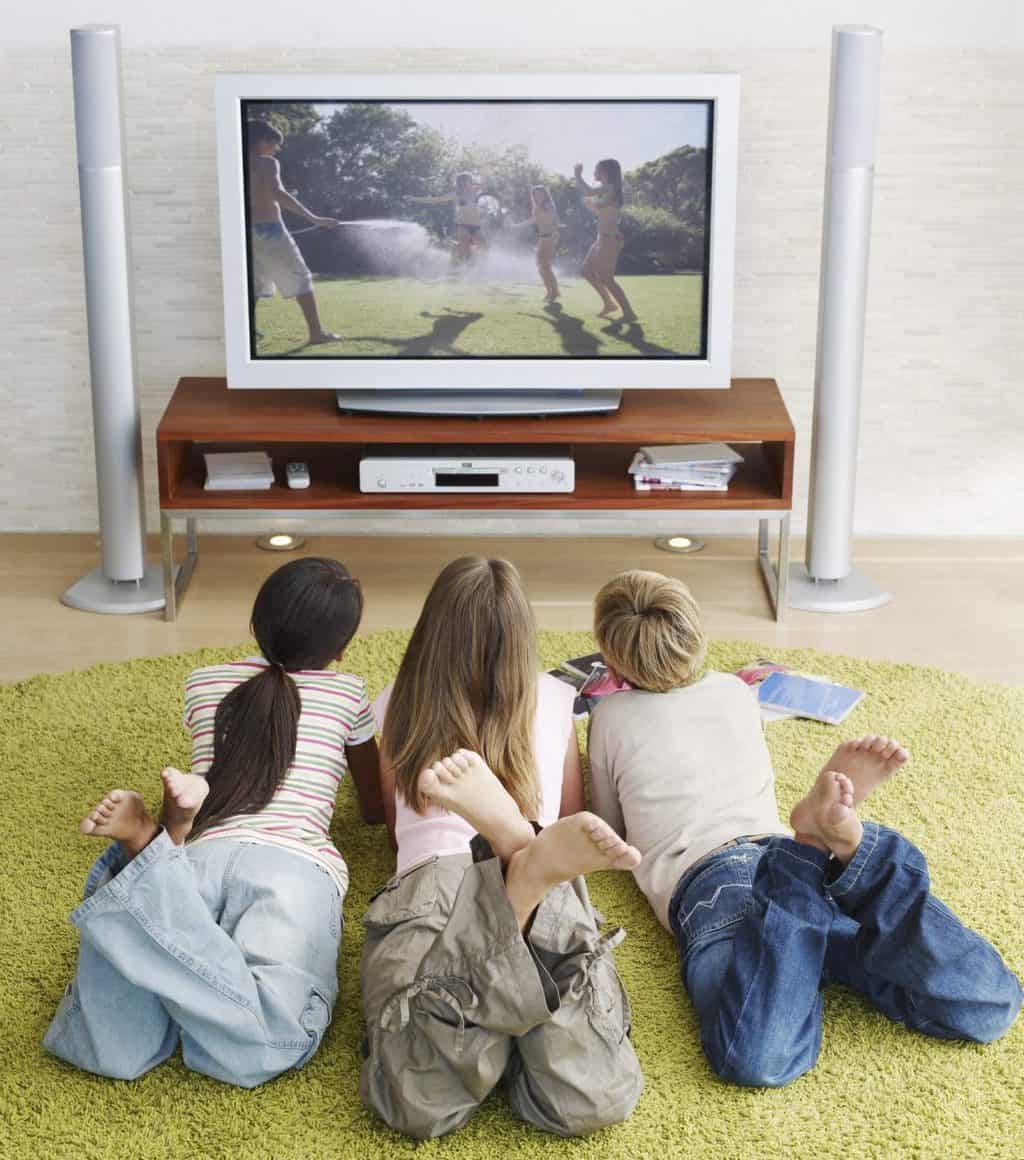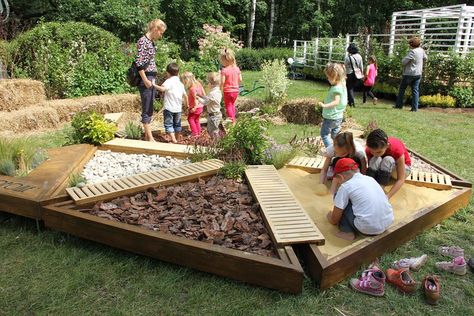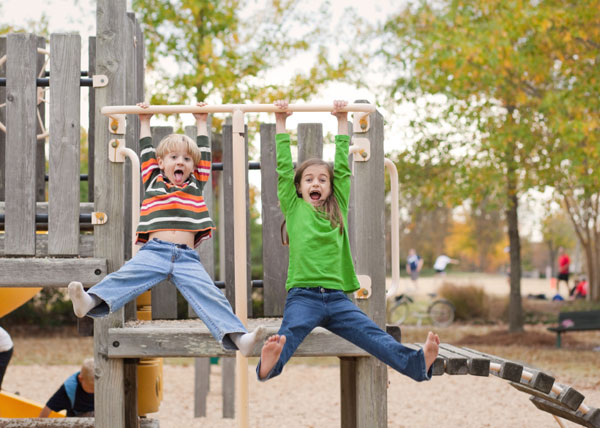| Be a good parent and let him play outside. Photo from mindfullivingnetwork.com |
The Importance of Sensory Playgrounds
Sensory playgrounds serve as vital spaces for children, offering rich environments that stimulate physical, cognitive, and social development. Designed to engage all senses, sensory playgrounds provide a variety of play experiences that are inclusive of children with diverse needs and abilities. By incorporating interactive sensory playground equipment, such as auditory, tactile, visual, and nature-based activities, these playgrounds encourage creative exploration, problem-solving, and social interaction.
Why Sensory Playgrounds? Benefits of Sensory Play
A well-equipped sensory playground provides a safe and engaging environment that encourages learning and camaraderie. Activities such as swinging, spinning, and climbing, facilitated by sensory playground equipment, help develop a child's sensory system, teaching them about movement, balance, and spatial awareness. These playgrounds can also offer varied learning experiences, supporting cognitive and language development and motor skill development as well as social and emotional growth, physical development, and creative exploration.
Inclusive and Interactive Play
| Let them get their hands dirty. Photo from Konstantina Iakovou via Pinterest |
Addressing the diverse needs of all children, including those on the autism spectrum, is crucial. Incorporating inclusive and interactive sensory playground equipment allows children to explore sound, experience various textures, develop eye-brain coordination, and reconnect with the natural world. Such inclusivity ensures that every child, regardless of ability, can enjoy and benefit from the playground experience.
The different activities that a multi-sensory play area provides (swinging, spinning, sliding, climbing, rocking, etc.) help develop a child’s sensory system. These activities teach kids how to take control in terms of positioning, movement, balance, and spatial awareness.
| Kids are happier when they are learning together. Photo from sheknows.com |
Keeping Children Safe During Sensory Play
Safety is paramount in playground design. Sensory playgrounds should use safe surfacing materials like shredded rubber mulch, provide appropriately sized handgrips, and avoid wood or metal swing seats. Look out for potential tripping hazards, and ensure that the sensory playground equipment is age-appropriate to prevent accidents and facilitate enjoyable and developmental play experiences.
If you plan to build your own play area for your child and their friends, PlaygroundEquipment.com can help you choose safe multi-sensory playground equipment that’s perfect for your space. We’re experts in sensory play as well as experts in fun! Reach out to us today and we’d be glad to recommend the right products to fit your space and your child or children’s needs.
Learn about the author: Jennifer Holmes




